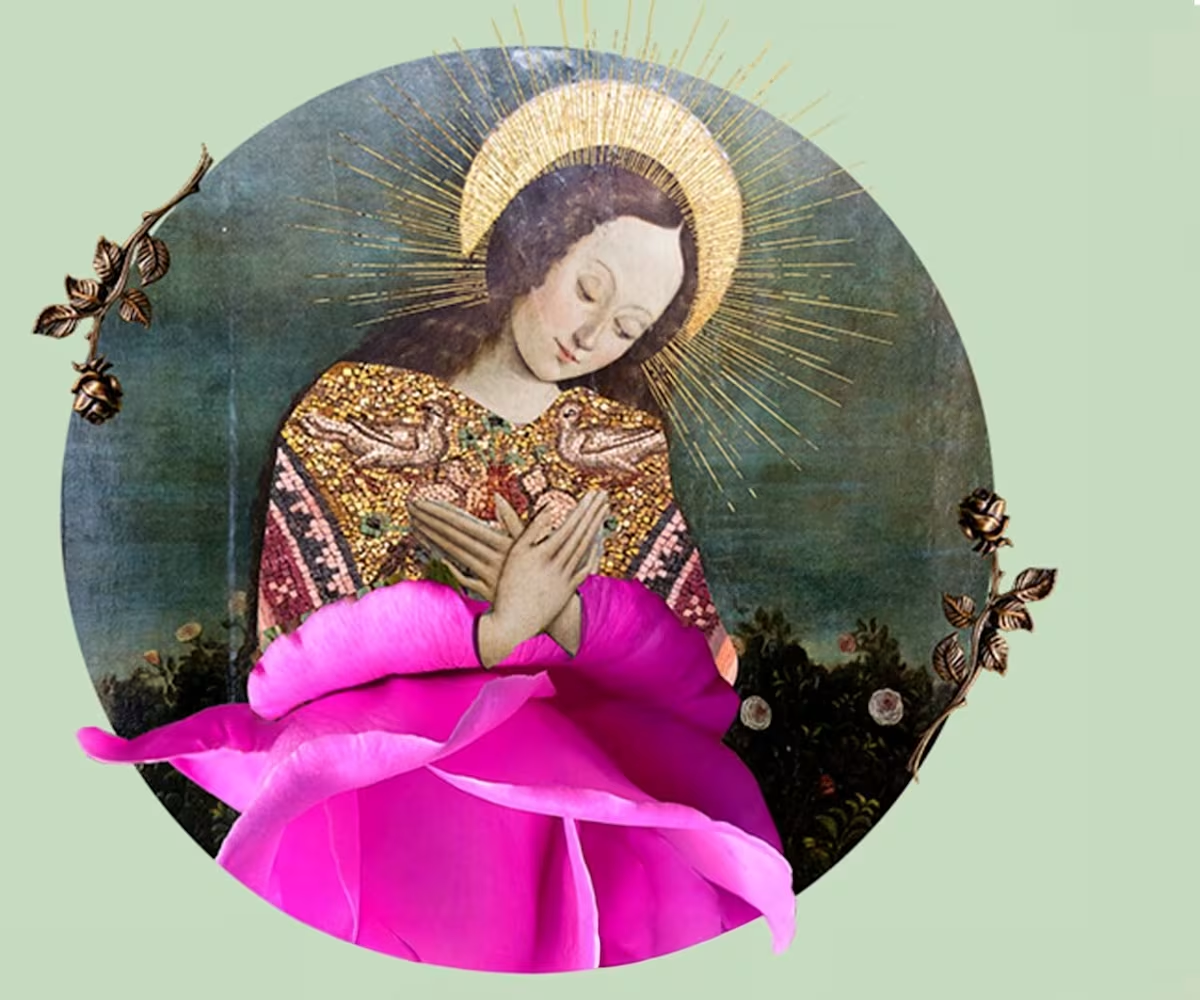Solomon's Knot
Monteverdi: Vespro della Beata Vergine

The Vespro della Beata Vergine combines all the styles of the time, from old polyphony to modern ensemble and solo singing, from Gregorian chant to multichorality and the instrumental sonata. The magnus opus might have been intended to be performed as a whole as well as a collection from which to choose parts. You can relate to the work combining old with new as a visit to an ancient cathedral. Every visit in the beautiful harmonies of the voices, cornetts and catgut strings reveals something new, and the styles of the different eras are placed side by side as well as overlapping each other.
 Sat, 12 October 2024
Sat, 12 October 2024 Wigmore Hall, London
Wigmore Hall, London 6:30pm
6:30pm £18-£50
£18-£50
Full Event Details

Monteverdi (1597–1643) composed his one and a half hour long Vespers of 1610 while working as the maestro di capella at the court of the Duke of Mantua. He was tired of his work, and the composing of the work might have related to his desire for a change of scenery. Monteverdi dedicated his Vespers to the Pope Paul V, possibly with the intention to seek employment in Rome. However, in 1613 he was appointed maestro di capella at the basilica of San Marco in Venice, with the unprecedentedly rich vespers as part of his portfolio.
The Vespro della Beata Vergine combines all the styles of the time, from old polyphony to modern ensemble and solo singing, from Gregorian chant to multichorality and the instrumental sonata. The magnus opus might have been intended to be performed as a whole as well as a collection from which to choose parts. You can relate to the work combining old with new as a visit to an ancient cathedral. Every visit in the beautiful harmonies of the voices, cornetts and catgut strings reveals something new, and the styles of the different eras are placed side by side as well as overlapping each other.
Venue Details & Map

Location
Wigmore Hall, London
Wigmore Street, London, W1U 2BP


